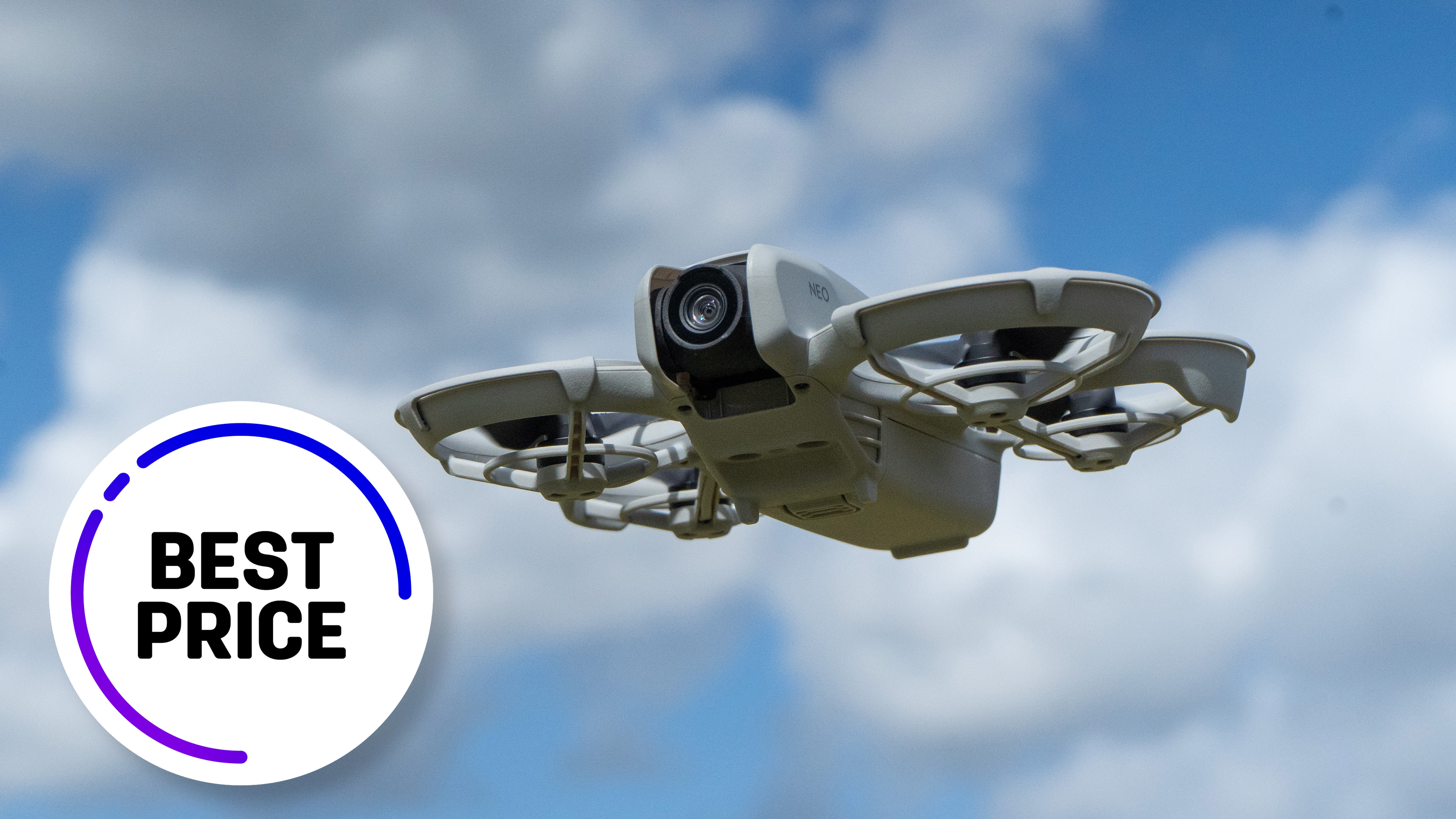I'd buy a camera with internal memory – so why are they so rare?
Internal storage in a camera is something most photographers would use. So why aren't there more of these cameras?

Ever since I first picked up a camera, I’ve wondered why more of them don’t come with internal storage.
I remember owning one of those crappy cameras from the 2000s that had about enough internal memory for around eight photos, but since then every camera I’ve owned (other than my phone) has required an SD card to store photos.
For the most part, having to rely on the best SD cards is fine. I’ve almost always got one in my camera and, when you're transferring hundreds or thousands of images at a time, it'll be quicker to do it via a memory card reader than USB – even if it is USB-C type 3.0.
• These are the best external hard drives for photographers – browse a range of storage solutions to suit any budget
But sometimes life doesn’t go the way you planned, and you turn up to a shoot only to realize that the memory card you have is full of images you can’t delete – or even more horrifying, you forgot to bring one at all. In these heart-sinking moments, internal storage would’ve been a lifesaver.
Manufacturers could decide not to include internal storage for several reasons. Even though the price of storage has dropped significantly, it’s still an added cost that some people might not be willing to pay for. It would also need to physically fit somewhere in the camera. And internal storage may not be able to deal with the read/write speeds required by cameras such as the Canon EOS R3 or Nikon Z9.
I’m inclined to think the lack of space in the camera’s design is not the main factor, since the powerful pocket-sized Ricoh GR III and Ricoh GR IIIx come with 2GB of internal storage plus built-in ND filters and sensor-shift stabilization. Last year a prototype for the world's first 2TB microSD card was produced and, while it’s not yet available to buy, it shows how much much memory can be fitted into a tiny area.
Get the Digital Camera World Newsletter
The best camera deals, reviews, product advice, and unmissable photography news, direct to your inbox!
One of the downsides to cameras boasting super high-resolution sensors, lightning-fast burst modes and 6K or 8K video is the speed at which memory cards need to write. Standard 64GB Sandisk Extreme Pro cards with a read/write speed of 95/90mbs just aren’t going to cut it, with some professional cameras and top-of-the-range CF Express cards such as the SanDisk 256GB Extreme Pro (1700mbps) cost hundreds of bucks.
To get that sort of processing powering internally would make a camera considerably more expensive. Leica and Hasselblad both managed it, with the Leica M11 and Hasselblad X2D 100C, but these cameras will easily set you back $8,000.
Internal storage is something everyone can live without, but does that mean we should? If it’s easy enough to add, perhaps there should be multiple versions of the same camera – one with internal memory and one without – to suit everyone's needs.
It doesn’t have to be the fastest or most efficient storage, it would just be a huge bonus when you get desperate. Internal storage won’t ever replace memory cards, but the two working together side by side? That’s something I’d buy into.
These are the best mirrorless cameras from Nikon, Canon, Sony, Fujifilm and more!

Having studied Journalism and Public Relations at the University of the West of England Hannah developed a love for photography through a module on photojournalism. She specializes in Portrait, Fashion and lifestyle photography but has more recently branched out in the world of stylized product photography. Hannah spent three years working at Wex Photo Video as a Senior Sales Assistant, using her experience and knowledge of cameras to help people buy the equipment that is right for them. With eight years experience working with studio lighting, Hannah has run many successful workshops teaching people how to use different lighting setups.
